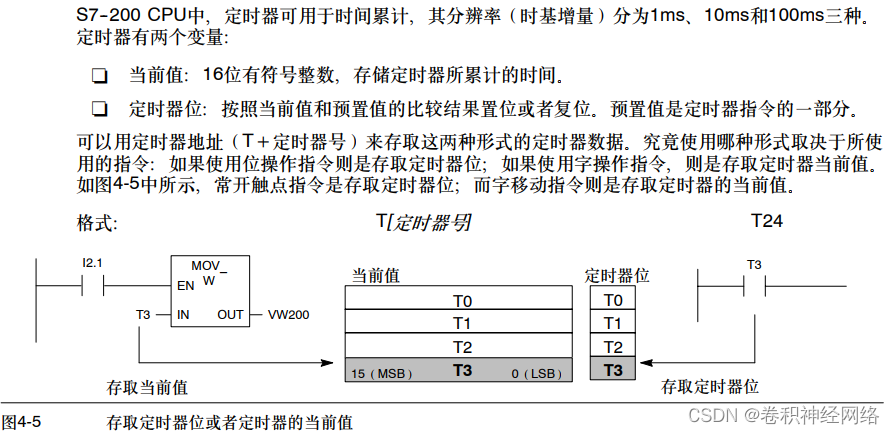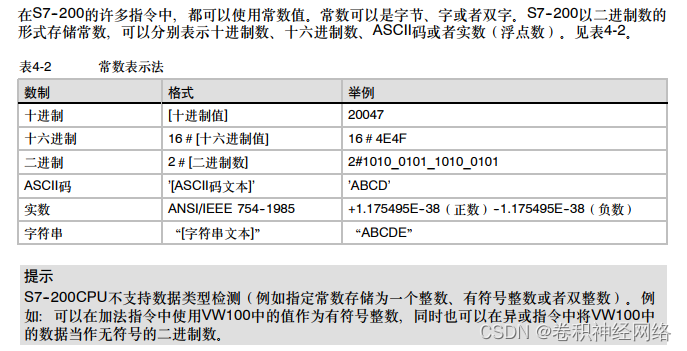1. S7-200 bit addressing
S7-200PLC bit addressing is as shown in the figure below, register identifier + byte address + byte bit number
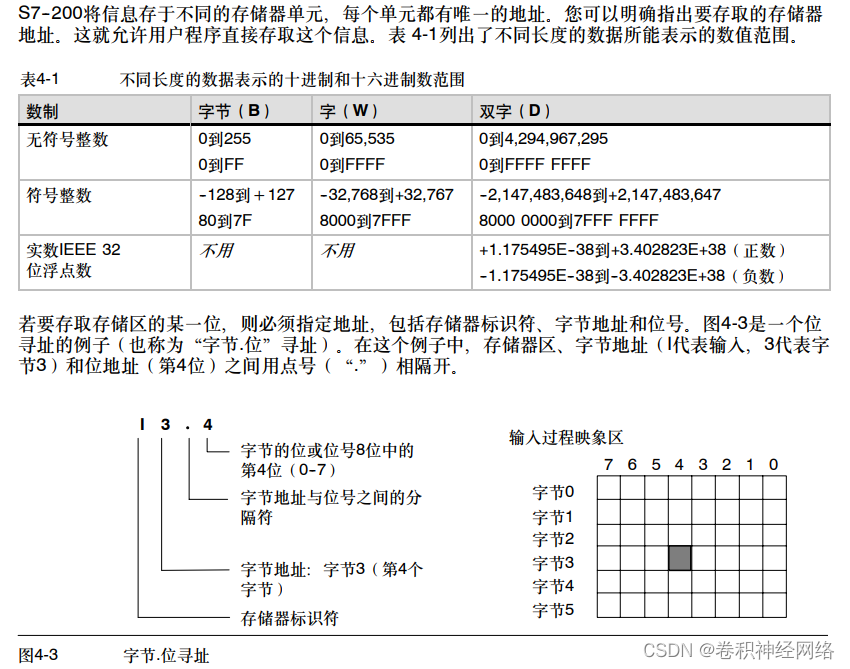
2. S7-200PLC byte, word, double word addressing
As shown in the figure below, you can access the registers of V, I, Q, M, S, L, SM and other identifiers of the PLC according to byte, word, and double word. The method is: register identifier + access mode + access address, where B means Byte orientation mode, W means word access mode, D means double word access mode, such as VB100
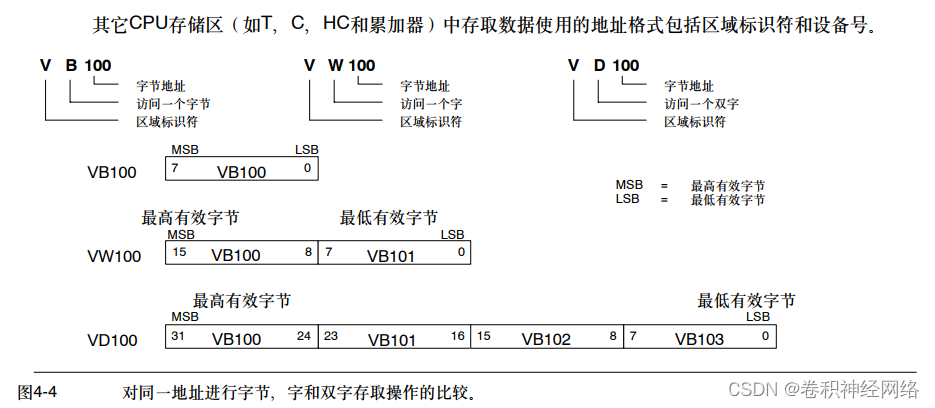
3, timer storage area
The address of the timer storage area is T+ address, such as T0 timer, T0 can be used as the current value of the timer, and when used as a contact, T0 means that the timer bit triggers.
4. Counter storage area
The counter storage area adopts the C+ address access method, similar to the timer, C0 can also be used as a 16-bit counting current value, and can also be used as a bit trigger when the counter reaches the set value
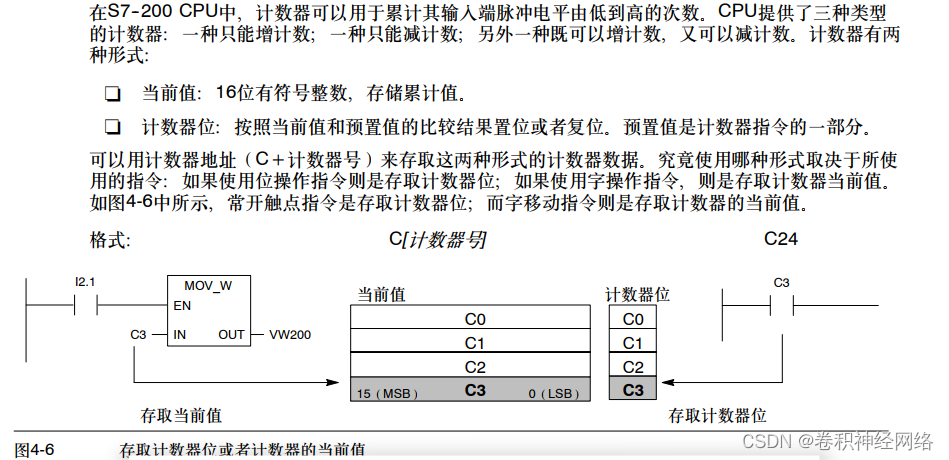
5. High counter
The high-number counter is independent of the CPU scan cycle and is generally accessed by HC+ address, such as HC0 is the current value of a 32-bit high-speed counter

6. S7-200 accumulator AC
The accumulator adopts AC+ address access method, S7-200 has four accumulators, which can be used as intermediate storage for calculation
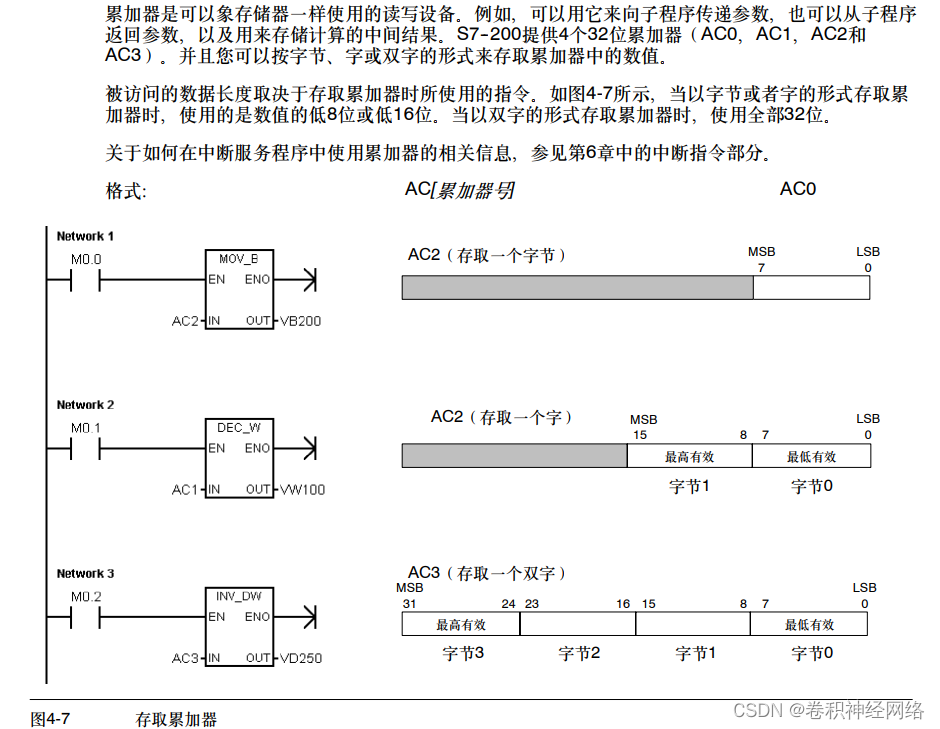
7. Special register SM and local register L
The special register SM is a register with a specific meaning defined inside Siemens S7-200, and L is a local register that can be used as a function parameter
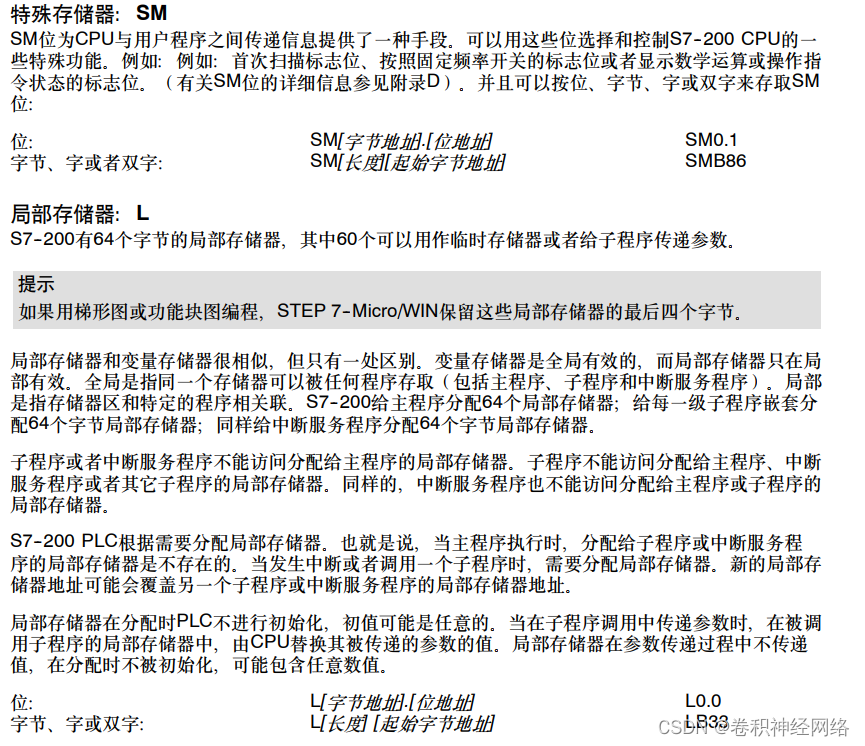
SM register list description
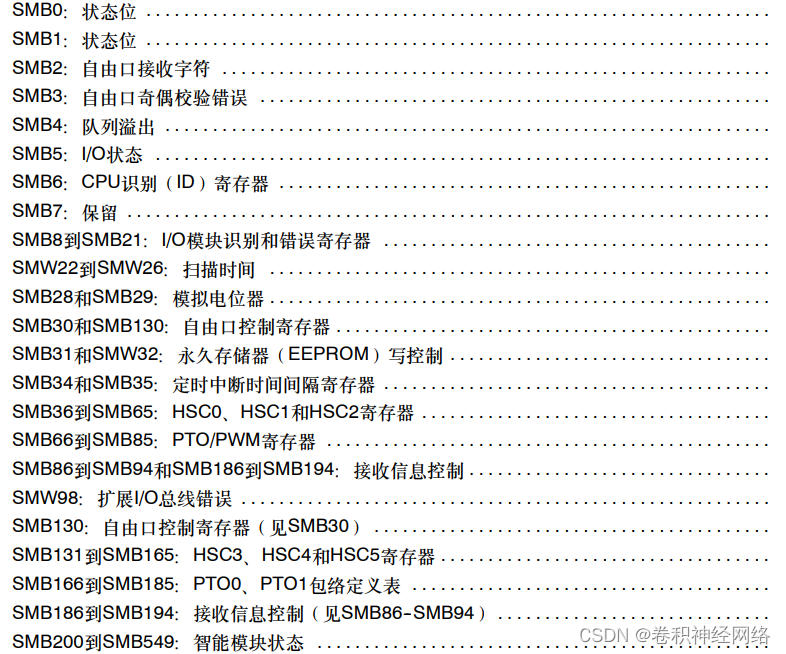
8. Analog input and output registers
The analog input register access method is: AI+W+even address, the analog input value stored in AIW0, the analog output register access is: AQ+W+even address, such as the analog output value is stored in AQ0


9. Real number and string addressing
S7-200 is a single-precision 32-bit floating-point number, and the storage format is as shown in the figure below;
String: the first byte defines the length of the string, followed by the other characters of the string

10. Constants of S7-200
11. S7-200 local IO and extended IO addressing
The figure below is an example of local and extended IO addressing. Digital IO is allocated in increments of 8 bits.
12. Pointer addressing of S7-200
S7-200 pointer addressing, the pointer stores the address of other memory, and only the V, L, and AC areas can be used as pointers. The access method is: &+ memory symbol + memory area length + address to represent a memory pointer, or Address, access the value of the address pointed to by the pointer through *+memory symbol+storage area length+address.
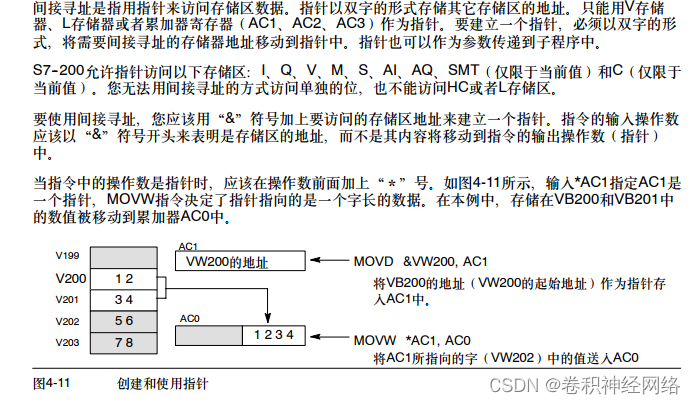

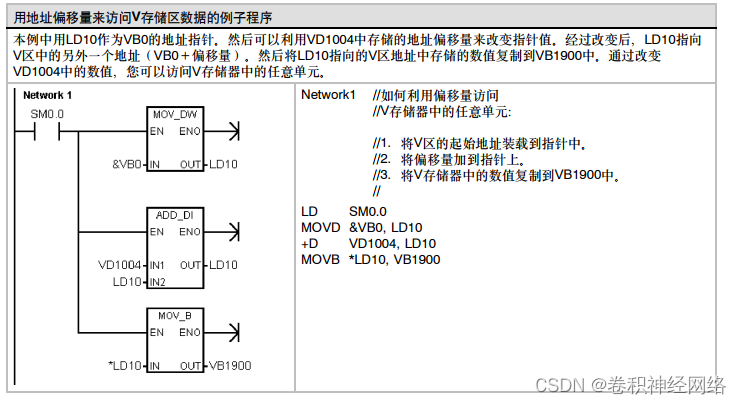
S7-200 uses pointer to access data table

